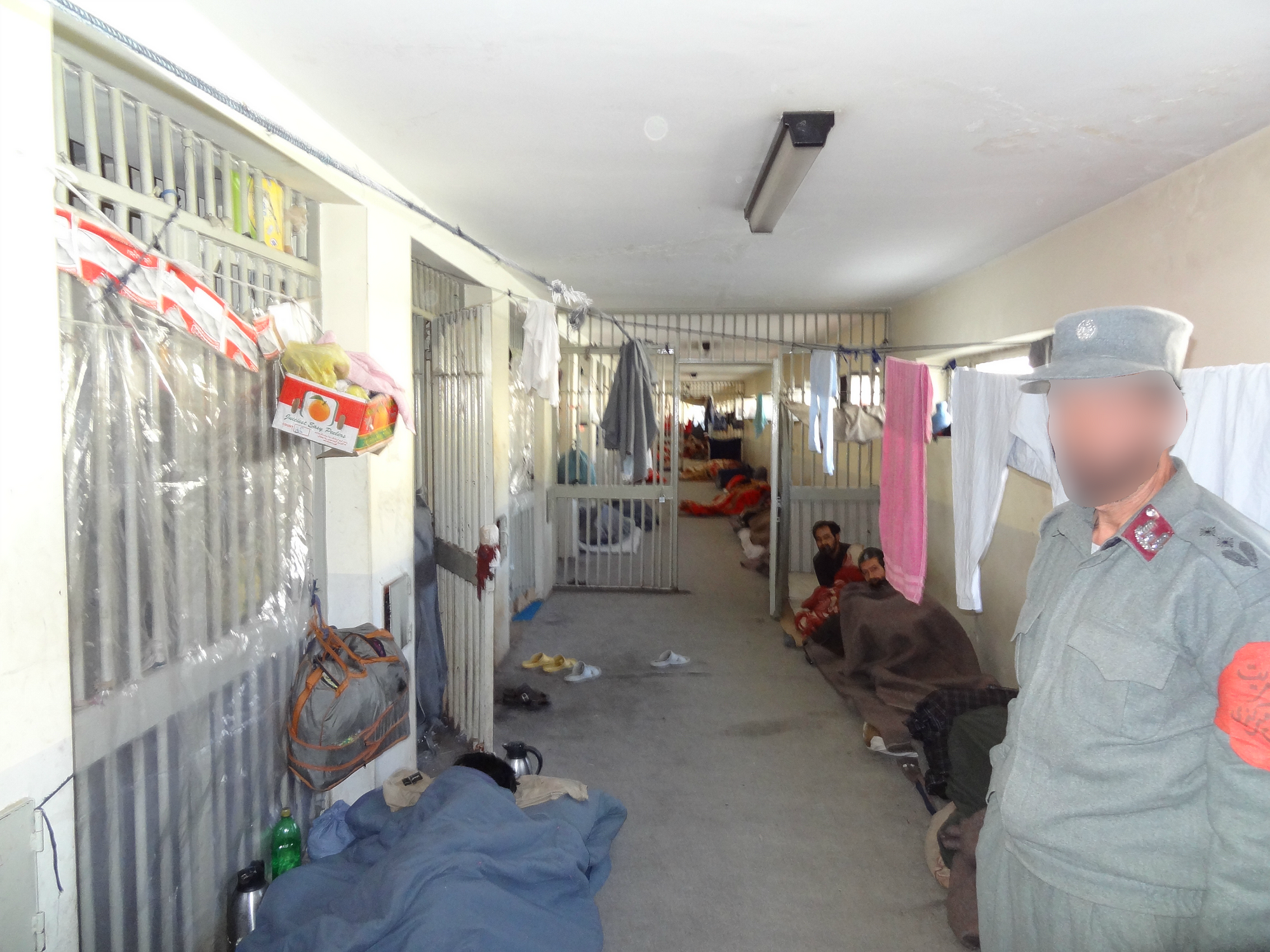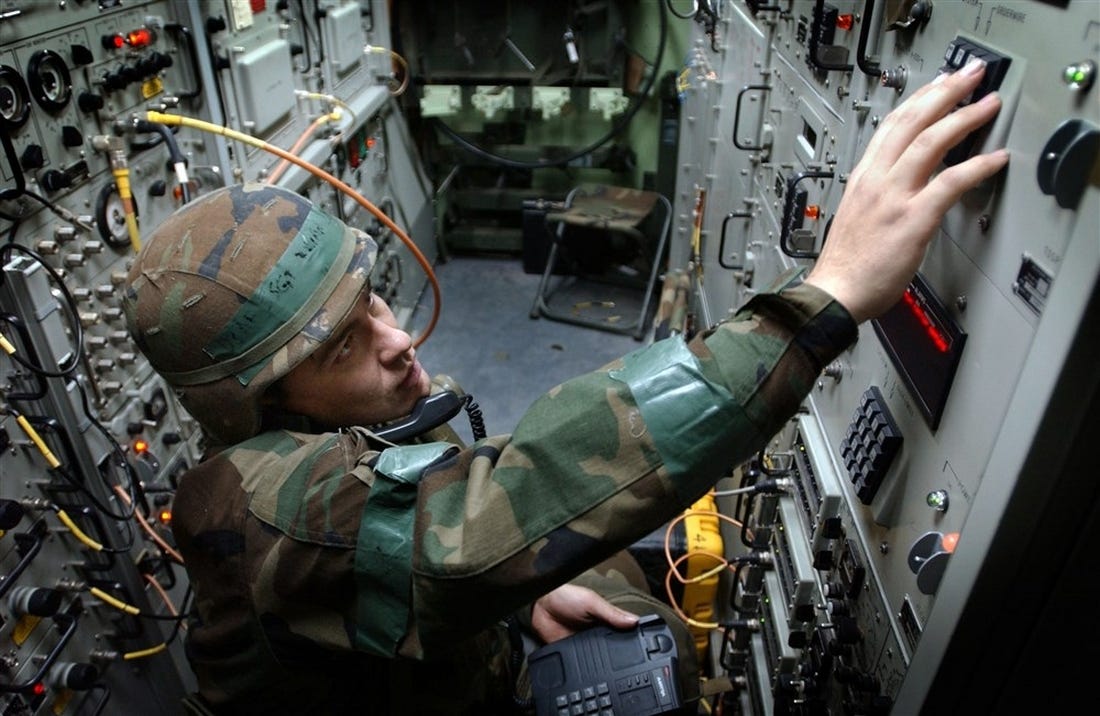November 1, 2014: Russia recently commemorated the 15th anniversary of their return to Chechnya in 1999. In the previous five years the Russians had left Chechnya alone. That did not work out as expected and the area had become a base for gangsters and Islamic terrorists who were increasingly showing up in southern Russia. There the Chechens created a major and constantly increasing crime wave. This prompted Russia to go back in.
Russian military and police forces, over the next fifteen years, conducted over 40,000 raids, sweeps and combat patrols. This resulted in the discovery of over 5,000 hideouts or supply and weapons caches. About 10,000 Islamic terrorists, gangsters and assorted rebels were killed and 30,000 weapons and 80,000 explosive devices (roadside bombs, mines, booby traps, suicide bombs and so on) were seized. Government losses have been about half what the enemy suffered and many Russians fear that the death toll will ultimately equal the 15,000 deaths Russian forces suffered during the 1980s in Afghanistan.
The Chechen fighting was most intense during the first five years and had been declining ever since. While most of the nationalist rebels are gone and the local gangsters have learned to cooperate or simply stay out of the way, there are still enough Islamic terrorists around to keep the security forces busy. The corruption down there makes efficient government difficult and that keeps producing more angry young men willing to fight.
Despite this seeming success Russia is suffering a major ethnic shift in the Caucasus. Russians, and other people not native to the Caucasus, are being driven out of the region by terrorism, corruption, and a bad attitude towards outsiders. It’s been worst in Chechnya, where Russians comprised 25 percent of the population in 1989, but only two percent today. The decline has not been as great in the rest of the Caucasus, but it has been massive, with more than half the Russians who were living in the Caucasus having left in the since the 1990s. Actually, this trend began in the 1950s, right after tyrant Josef Stalin died in 1953 and Russia began to trim the power of the secret police. The departure of ethnic Russians from the Caucasus simply accelerated after the Soviet Union collapsed in 1991.
Russia has been able to suppress Islamic and nationalist terrorists in Chechnya, and their half of the Caucasus in general (the rest is occupied by newly independent Georgia, Armenia, and Azerbaijan). What Russia has not been able to suppress is the hostile attitudes towards outsiders. This is a problem with peacekeepers everywhere. In effect, Russia has been peacekeeping in the unruly Caucasus for several centuries. Until the Soviet Union (and the ancient Russian empire) collapsed in 1991, the Caucasus was more peaceful than it had ever been. This, however, was accomplished via decades of using state-sponsored terrorism, including killing anyone who became troublesome and shipping off many people, who seemed like they might become troublesome, to prison camps. It was brutal, unfair, and it worked. But these policies were unpopular throughout Russia. Ethnic Russians disliked this sort of thing as did all the “others.” So the new government got rid of the terror apparatus (prison camps, secret police, and the nasty attitudes that made it all work) in the 1990s.






 Above—a U.S. Air Force communications specialist at Ramstein. At top—an Air Force Reaper drone. Air Force photos
Above—a U.S. Air Force communications specialist at Ramstein. At top—an Air Force Reaper drone. Air Force photos